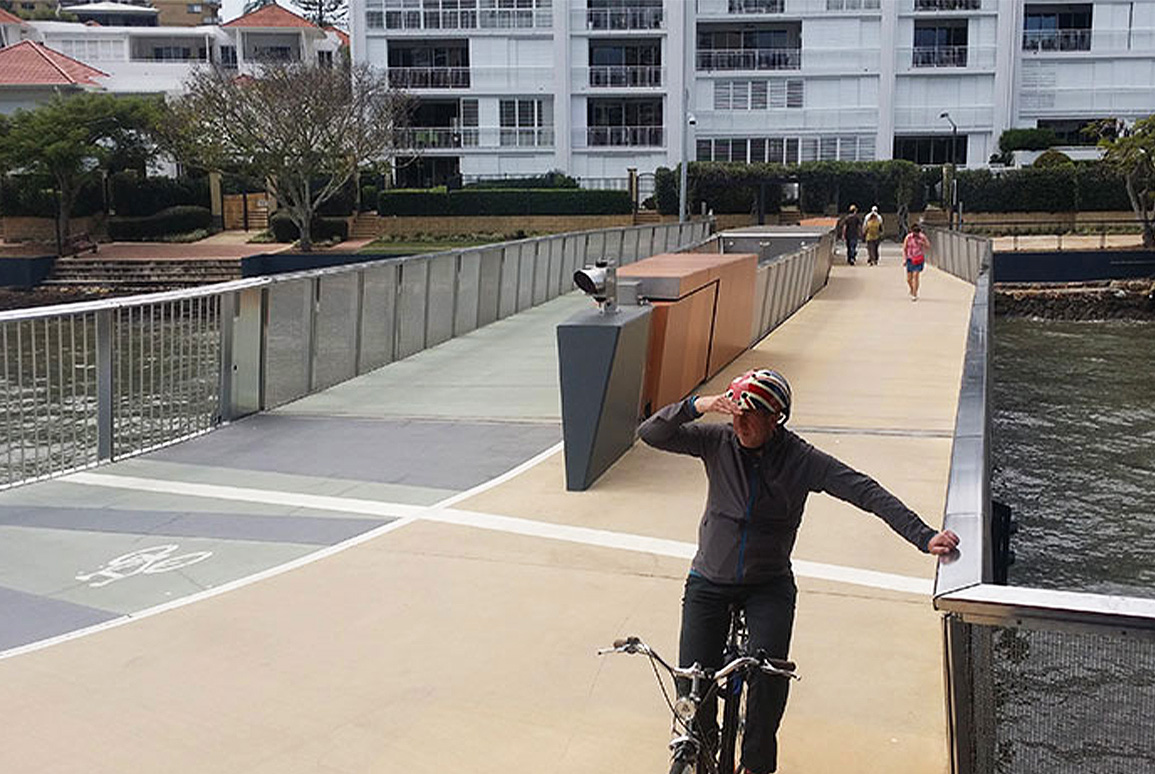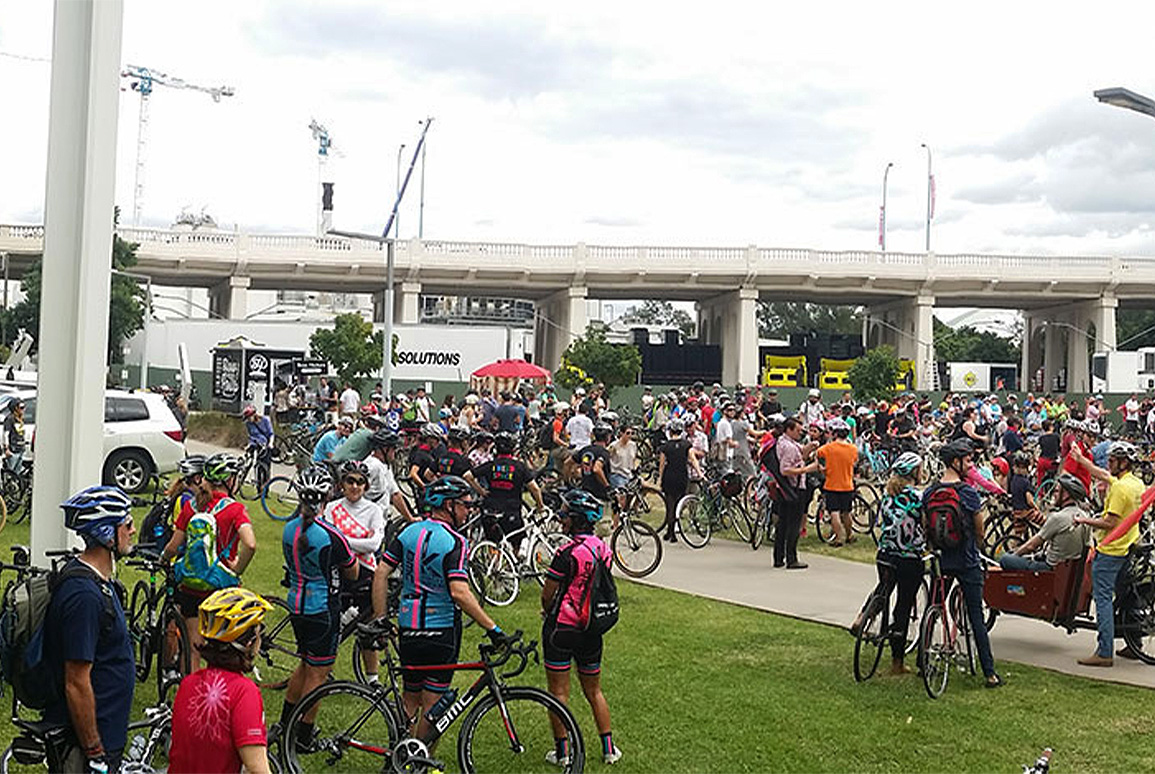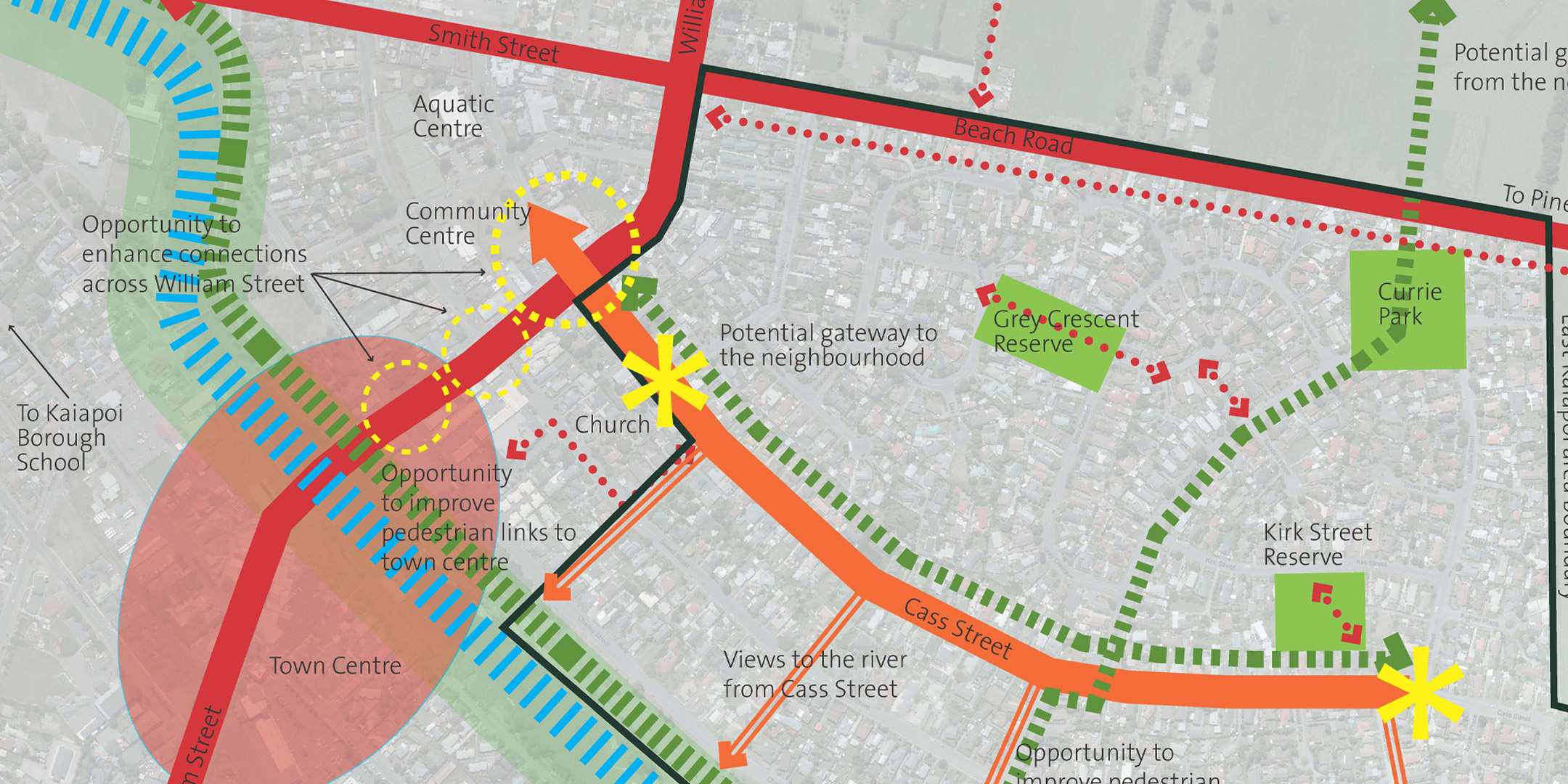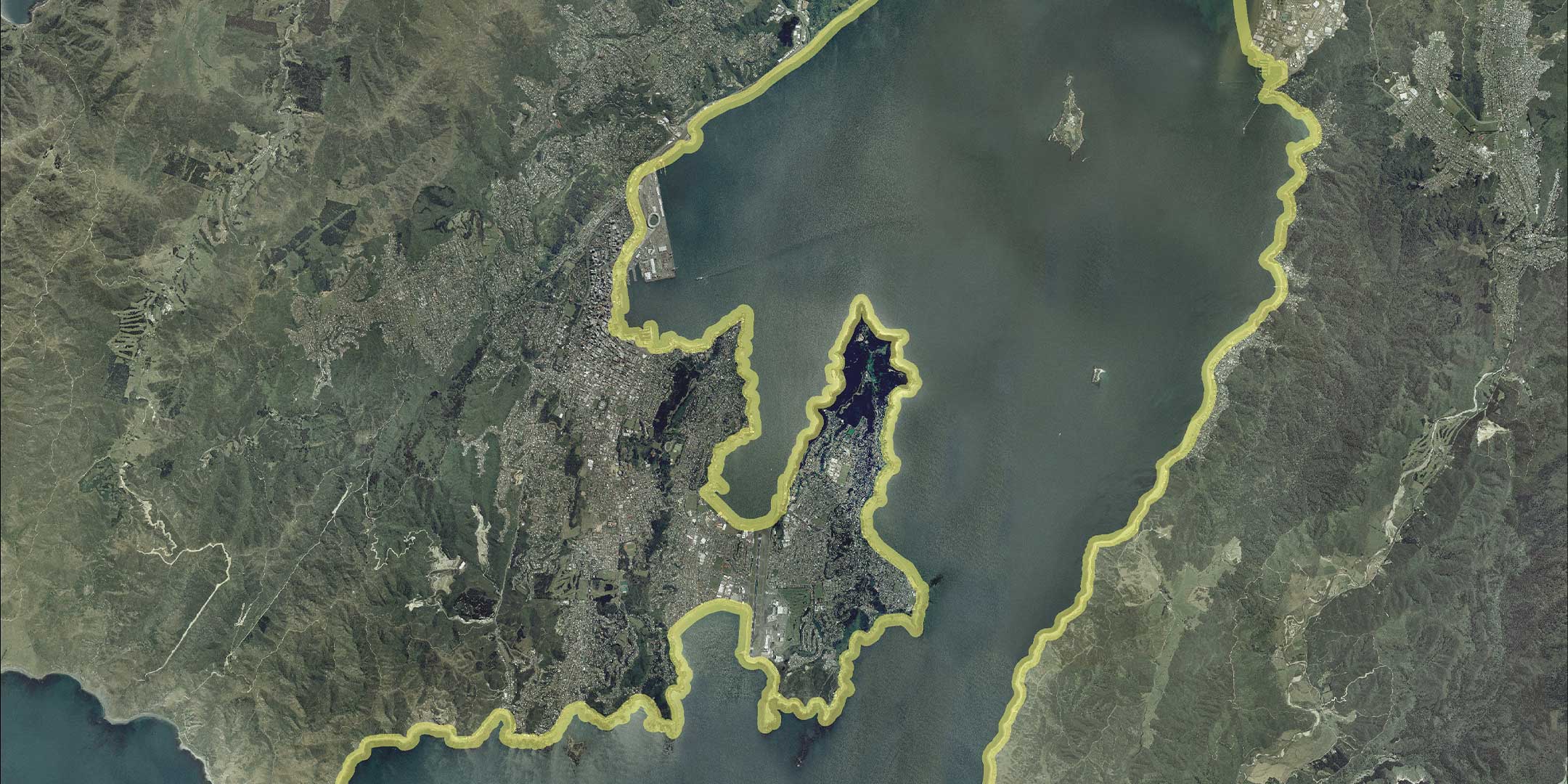What is the role for urban planning, urban and landscape design when it comes to changing for cycling in our towns and cities? Marc Baily, one of three Boffa Miskell people who attended the recent Asia-Pacific Cycle Congress in Brisbane, reflects on this question.

To our knowledge, we were the only combination of planners, urban designers and landscape architects in attendance – the rest were government politicians, engineers, interest group representatives and product suppliers.
We went because Boffa Miskell supports cycling as a way of getting around and as an experiential and recreational pursuit – it's healthy, it’s clean and it makes for more people-oriented towns and cities. Providing for cycling, especially retrofitting cycling infrastructure into existing urban places, is not easy so we were interested to see what other places were doing. No one seemed to have the answer, but four key ‘ingredients to success’ were of particular interest to us.
1. Allocating public space
If cycling is to be recognised and provided for in a meaningful way, the big question in our towns and cities is how to decide to allocate some road reserve space to accommodate it. As planners and designers, we think of this space as public. Changing the way it is apportioned to the different modes of movement requires reviewing and changing expectations over time for the functions of these public spaces – movement, amenity, public life and so on.
The model of separate cycle infrastructure seen in European cities is easier to introduce when building new places or connections, such as large public spaces (e.g. Auckland’s waterfront) or new highways (e.g. MacKays to Peka Peka expressway in Kapiti). Retrofitting existing streets is harder, though. Issues around space allocation, parking, and safety are hot topics for debate and will continue to be so, as not everyone will ever agree. We, as planners and designers, can contribute by helping to clarify the intent of our city street spaces. If it becomes an argument just about cycling infrastructure it misses the point about what kind of place we want to live in – both now and into the future – and how our public space will be configured to deliver.
2. Communication
There is no doubt that successfully developing cycling infrastructure depends on describing what will change and the benefits. At Boffa Miskell we’re good at this – at using communication tools and facilitating discussions to a point of agreement. At the congress, it was interesting to hear about successes and failures on this score. Something as simple as talking about ‘people in cars’ and ‘people on bikes’, rather than ‘motorists’ and ‘cyclists’, can help to bring the focus from transport modes in the abstract to thinking more about people and their needs.

3. The dynamic shift
Building momentum for change requires constant attention to getting things done. There’s nothing like real examples for people to see, get used to and then, perhaps, try climbing into the saddle themselves.
Building momentum is also about answering the question, ‘Why would I choose to bike somewhere?’ Today’s digital technology is ideally fit for the purpose. Interest in cycling can be fed by providing up-to-the-minute information on such things as routes, use patterns, travel times and recreation opportunities. The fashion of cycling is more analogue in timeframe but there is a dynamic shift happening where cycling, like walking, is being seen as a daily activity that doesn’t require special clothes and brings exercise easily into daily routines. It’s a shift in perception that fits with the idea of biking being part of everyday life and a normal way of getting around.
4. The cycling wave
The ‘cycling tsunami’ is not a fad. The demographics are compelling and there will be strong expectations from our communities into the future. If we are planning for that future then it will be in all our interests to get with the programme.
The Australians we met at the congress, which was, incidentally titled ‘Welcome to the Pedal-powered Economy’, saw New Zealand leading the way in developing tourism cycling based on scenic and nature-based visitor experiences with a regional development bent – think Otago Rail Trail, Waikato River Trails or the central North Island Timber Trail.
The Australian delegates were also impressed by New Zealand’s urban cycleway fund, established to spur investment in our towns and cities as well. We are poised to see some big change but the success of implementation will lay in some of those key ingredients above: - allocating public space, communicating well and working with the dynamic shift towards cycling that is happening.



